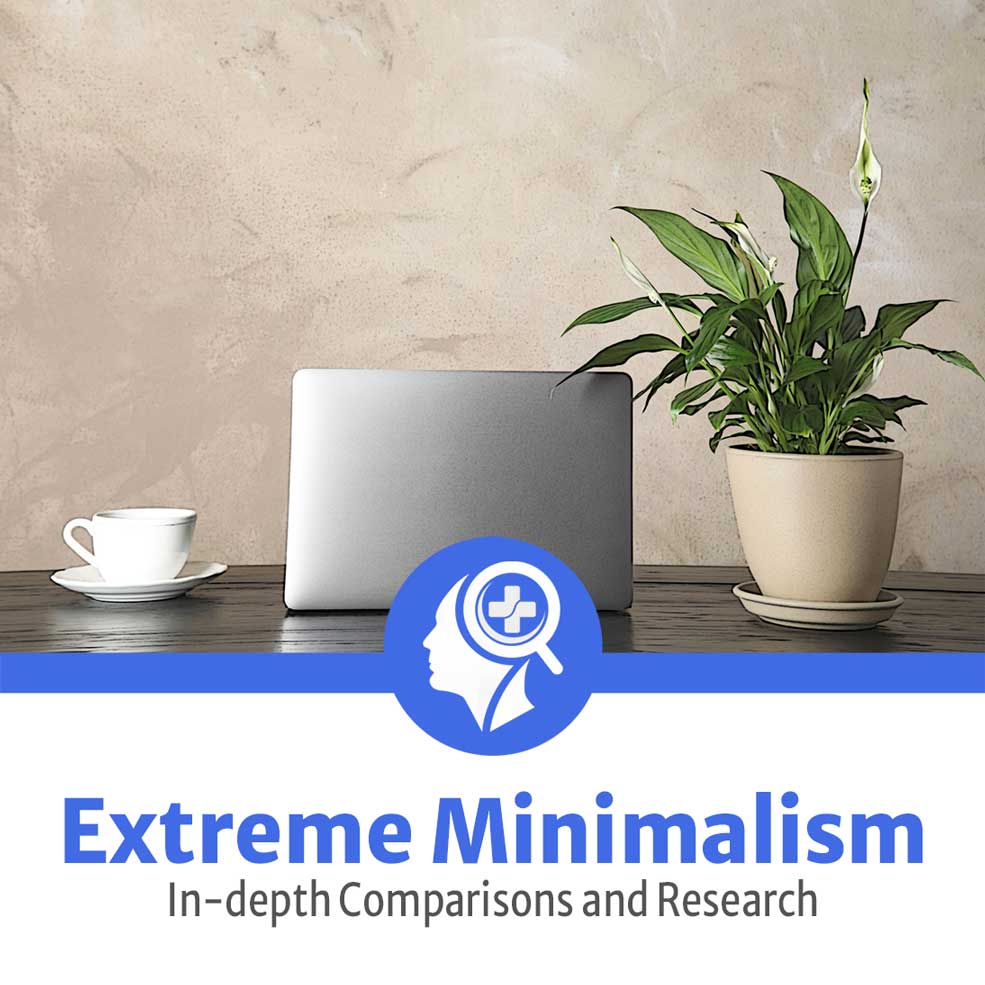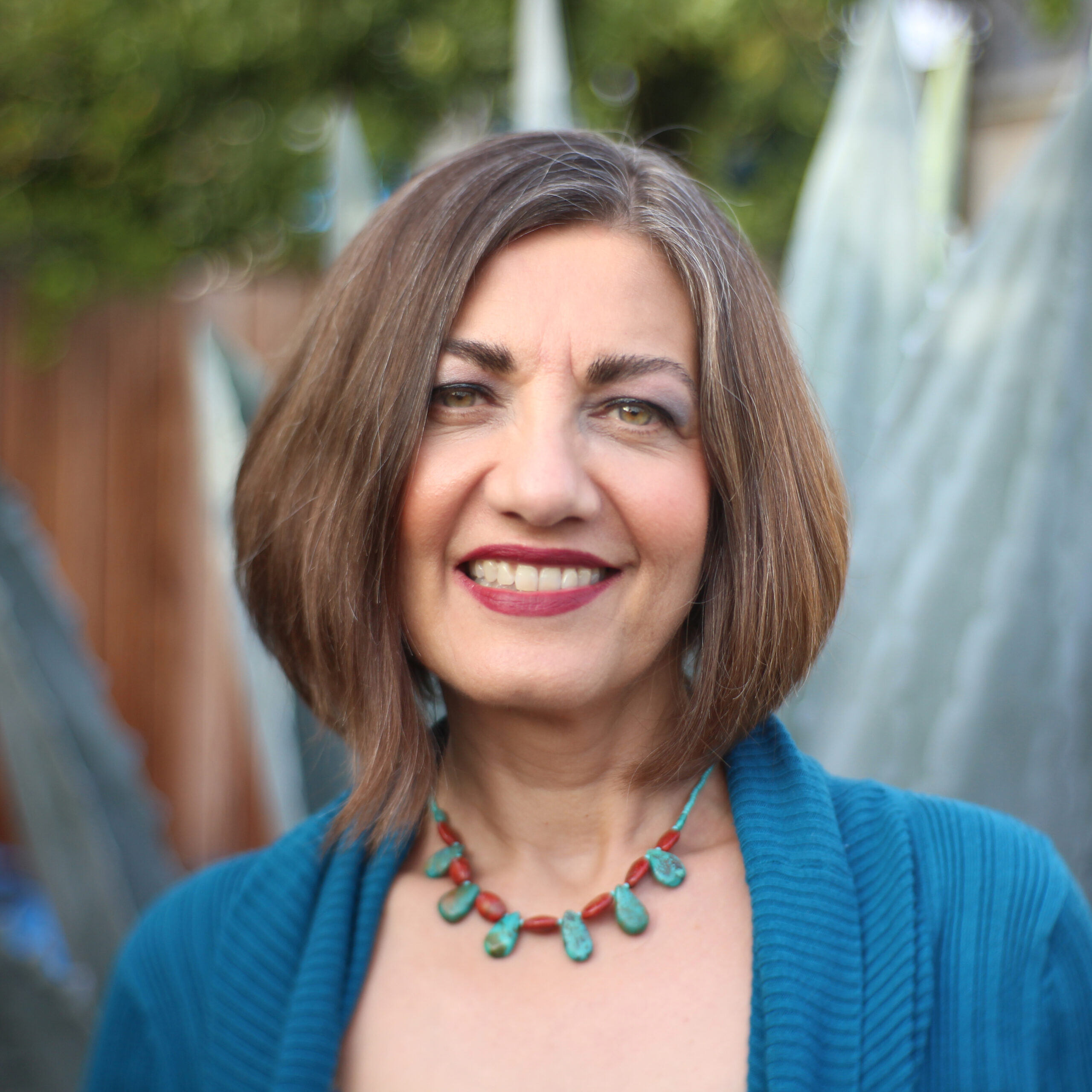
While minimalism is a lifestyle concept most of us are familiar with, extreme minimalism is gaining momentum. Now, you might already be thinking minimalism is intense, but extreme minimalism is different, and could help you create more space in your life for what is essential for you.
In this article, we at FinditHealth will explain the differences between minimalism and extreme minimalism and quickly describe the pros and cons of both.

Benefits Of Extreme Minimalism

Extreme minimalism is taking the concept of minimalism to the next level. It’s about living with only the absolute essentials and nothing more.
Extreme minimalism can include living without furniture and owning less than 15 items.
While living without furniture is a stretch for many of us, trying to own as little as possible can provide you with peace-of-mind. There are many benefits to embracing an extreme minimalist lifestyle, and we will cover them below.
Sense Of Peace
Something unique about extreme minimalism is the absolute sense of stillness and clarity it can bring to your mental state as it clears your mind. When your physical space is cluttered, this also leads to a chaotic internal world. When you only have limited items in your environment, it’s free and clear of distractions, bringing peace and calm to your world.
Sustainability
Overspending on material things has enormous environmental consequences due to the fashion industry. It’s known as fast fashion, which is caused by people buying trends for every season, which consists of clothing that is not excellent quality since it’s not meant to last as it’s only a trend. The fashion industry will cycle through tons of trendy clothes each season. Ultimately, you will find thrift shops and landfills overflowed with clothes after the trends are worn and gone. Investing in quality items that will last you years will not only embark on a minimalist lifestyle but also save the environment.
Save a Lot Of Money
Stop and think about how much money you spend monthly on material things. You probably pay a lot for clothes, shoes, skincare, and even household items. By focusing on an extreme minimalist lifestyle and owning a few quality possessions, you will save money and continue a journey toward financial freedom. You can use this extra money towards experiences like travel or saving as investing or retirement funds.
Stress Relief
By limiting your possession, you are taking control and simplifying your life. This reduces stress because it allows you to focus on the present moment and the actual necessities you need in life. Generally, we often find we don’t need as many items as we think we do! Living less means less cleaning and organizing and simplifies your day because you know exactly what you own.
Cons

While extreme minimalism has many benefits, there are also cons to consider. The idea behind extreme minimalism is to own less than 15 items and not even have furniture. This isn’t practical for everyone, and we think it’s more realistic to consider holding 50 or fewer items.
For 15 items, this is better suited to a nomadic lifestyle and more practical.
When you actually own a home or even have a family, 15 things could make life more challenging. Extreme minimalism is neither good nor bad but a tool you can use to simply and adjust to create your best, happy life. We wouldn’t encourage you to start, only to quit a few months later because it’s so restrictive.
Minimalism is not about perfection and following strictly but about doing what you are personally capable of and what is best suited for your life. It’s always a good idea to test your comfort zone but don’t push yourself so much it results in negative growth.
Extreme Minimalism Challenge

Here is a list of extreme minimalist tips and habits for when you’ve decided that you want to try living as an extreme minimalist.
Capsule Wardrobe
Having a capsule wardrobe saves you money and time and is a great way to practice extreme minimalism. Find clothes of good quality that you are comfortable with, that you love, and that gives you confidence.
If you find a shirt you love that fits great, consider buying every color and using that as your uniform. You can also experiment with wearing only black or creating a 10-piece capsule wardrobe in neutral colors that you cycle through.
Multi-Purpose Items
Extreme minimalists live on a limited number of possessions.
Consider purchasing two-in-one shampoo and conditioner or soap to limit your bathroom possessions.
Reduce your shoes to only five pairs and make sure each pair of shoes have different ways of wearing them. This is also great for the kitchen and consider reducing it to an all-purpose pot or pan, one sharp kitchen knife, and just a single plate setting if it’s only you. This is great for zero waste and embracing minimalist living.
Use Furniture Wisely
Living furniture-free can be a challenge as we consider simple living. Instead, we encourage you to reduce non-essential furniture such as coffee tables, rugs, and excess seating. Think practical and like the concept of multi-purpose items try to have multiple uses for each piece of furniture. Another easy way to do this is to save money and don’t buy a headboard and footboard for your bed or consider using a hammock as a bed and couch. Buy energy-saving and different light confirmations for lightbulbs instead of investing in multiple lamps.
Reduce Sentimental Items
It is so easy to attach sentimental value to a number of items. But at the end of the day, extreme minimalists know things are just things and it’s best to consider letting go. Donating or giving away these things doesn’t take away your memories and allows you to help someone in need. We encourage you to clean and sort through your sentimental items only to keep two.
Embrace Paperless
Paper equals clutter, and we don’t even look at it half the time. An easy way to start an extremely minimalist lifestyle is to opt for digital solutions. Choose to get mail and all bills electronically instead of traditional mail. You can even scan all your photos and keep them on drives to get rid of physical images. You could buy a digital photo frame that runs through the day, showing different images instead of having multiple picture frames.
Extreme Minimalism Books

If you need further inspiration, the below books can be excellent for kick-starting an extreme minimalist lifestyle.
The Life-Changing Magic of Tidying Up by Marie Kondo
You can’t write an article on minimalism without including Marie Kondo. This is a great book to start with as you declutter as her premise centers around does it spark joy. This helps you think about the items you own and the value they bring into your life. She also includes helpful strategies like decluttering by category. While this can be time-consuming, the rewards will be significant, and you will be clutter-free in no time.
The Minimalist Home by Joshua Becker
The Minimalist Home plays on Kondo’s question of sparking joy but offers more of a realistic decluttering guide. The question behind this book is, do I need this? It also centers around a room-by-room approach, so you don’t create such a mess. It also allows you to start with accessible areas and later save the more complex rooms.
Goodbye, Things by Fumio Sasaki
This is a simple-to-read book with straightforward to follow guidelines for decluttering that you can refer back to over the years. It was written by an ordinary guy who was stressed at work and constantly comparing himself to others. He comes across as very realistic with his methods, and we found anyone would be able to relate to him.
Frequently Asked Questions


Is extreme minimalism healthy?
Extreme minimalism can be healthy if done in a way that best suits your needs and lifestyle. When you have fewer possessions, you have less to take care of, more money to save, and less to worry about. This can also lead to reduced stress and anxiety levels, improving your mental health.
How do you become a super minimalist?
To become a super minimalist is about living with the absolute essentials you need to survive and nothing more. We encourage you to start and try to limit all your possessions to under 50.
What is the central concept of extreme minimalism?
The central concept of extreme minimalism is living with absolute essentials, no furniture, and owning less than 15 items.
Conclusion – Research by Findithealth.com


While extreme minimalism isn’t for everyone, most of us are capable of living with less. Remember, these practices don’t have to be all or nothing. Instead, researchers at FinditHealth encourage you to try adapting bits of the extreme minimalist lifestyle into your life and see what suits you.

